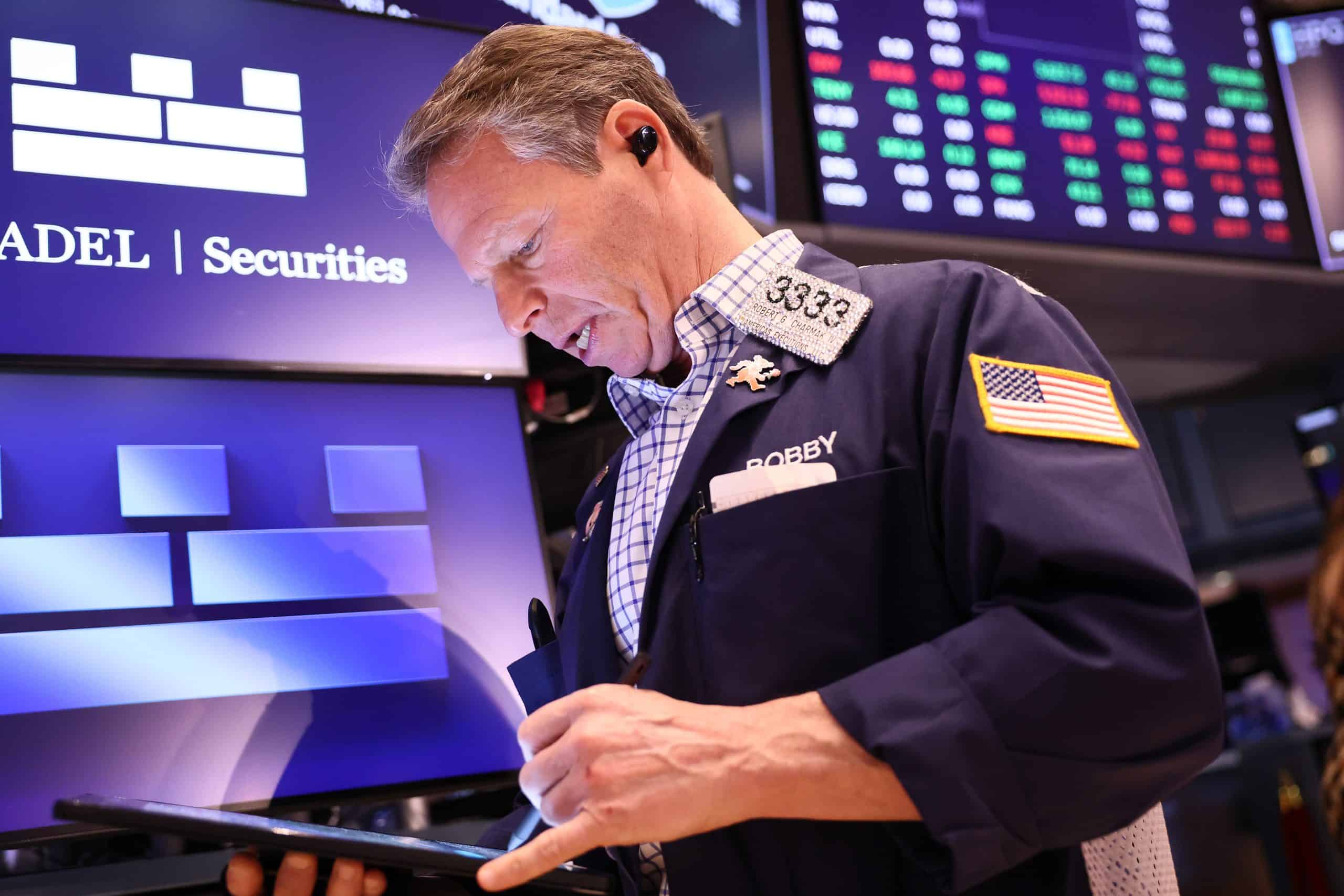
"The Nasdaq, after reaching 5,048 in March 2000, faced a 78% drop to 1,114. A similar drop now could take it from 20,000 to 5,400."
"The market is considered rich with a S&P 500 PE at 26, high unless there's strong earnings, posing a risk of significant declines."
"Hyperinflation may cause American household incomes to lag behind rising prices, much like the severe economic impact seen from 1980 to 1982."
"There is growing concern about the AI sector's inflated valuations, prompting fears that investments in advanced technology may not yield adequate returns."
The article discusses the historical context of the Nasdaq's performance, noting its peak in 2000 and subsequent 15-year recovery. It highlights that a current drop could similarly plunge its value significantly. Factors contributing to this potential decline include the high valuation of the S&P 500, risks of hyperinflation affecting household incomes, and concerns over inflated AI valuations that may not deliver sufficient returns. The potential for market correction is underscored by comparisons to past economic downturns.
Read at 24/7 Wall St.
Unable to calculate read time
Collection
[
|
...
]